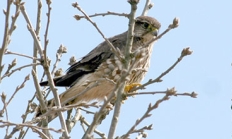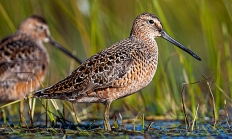ODFW seeks applicants for Fish Screening and Fish Passage Task Forces - apply by August 31
SALEM, Ore. — ODFW is seeking applicants to serve on two public advisory committees that support its Fish Screening and Fish Passage Programs. These programs play a vital role in protecting native fish populations across the state. Through collaboration with landowners, agencies, and conservation…















